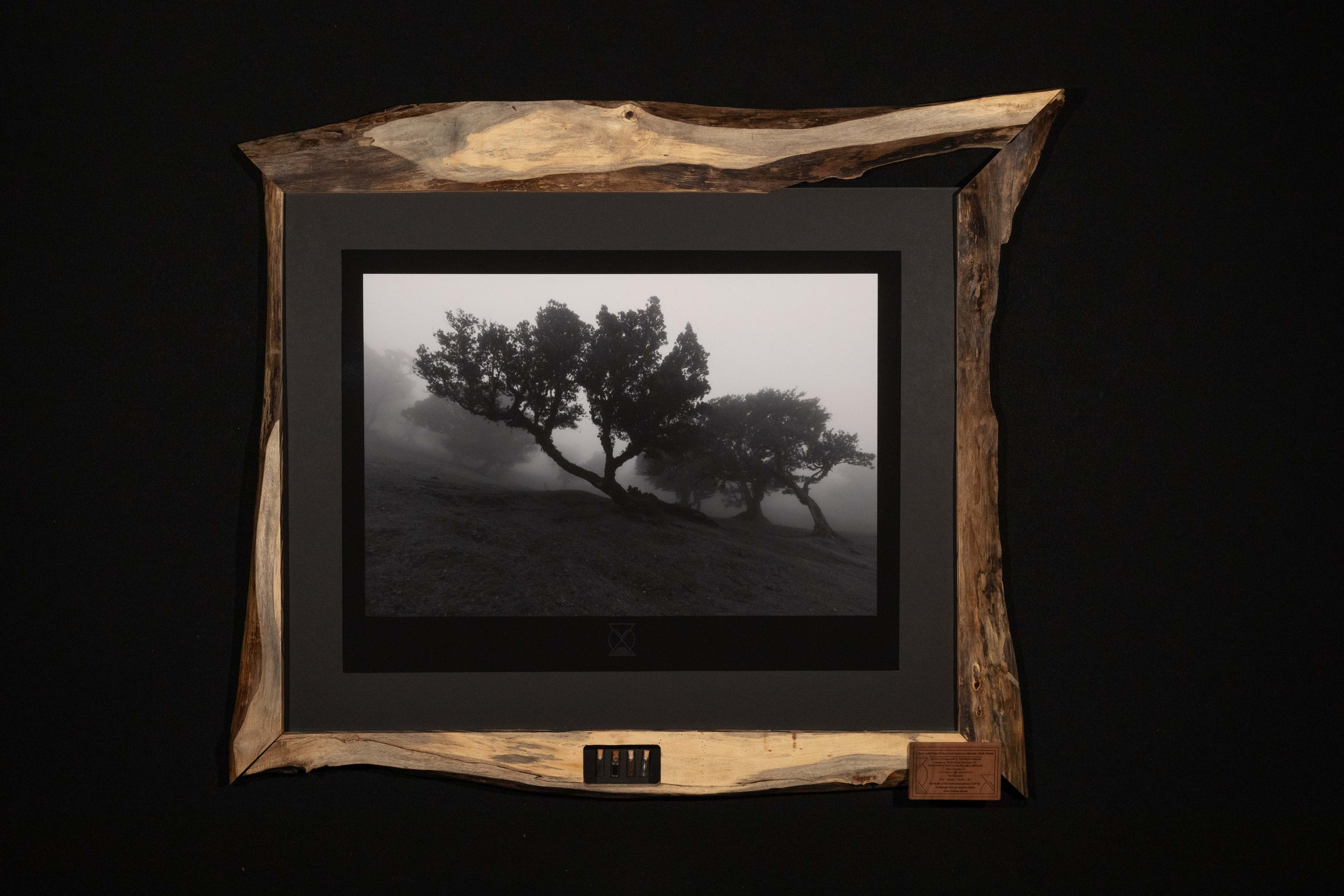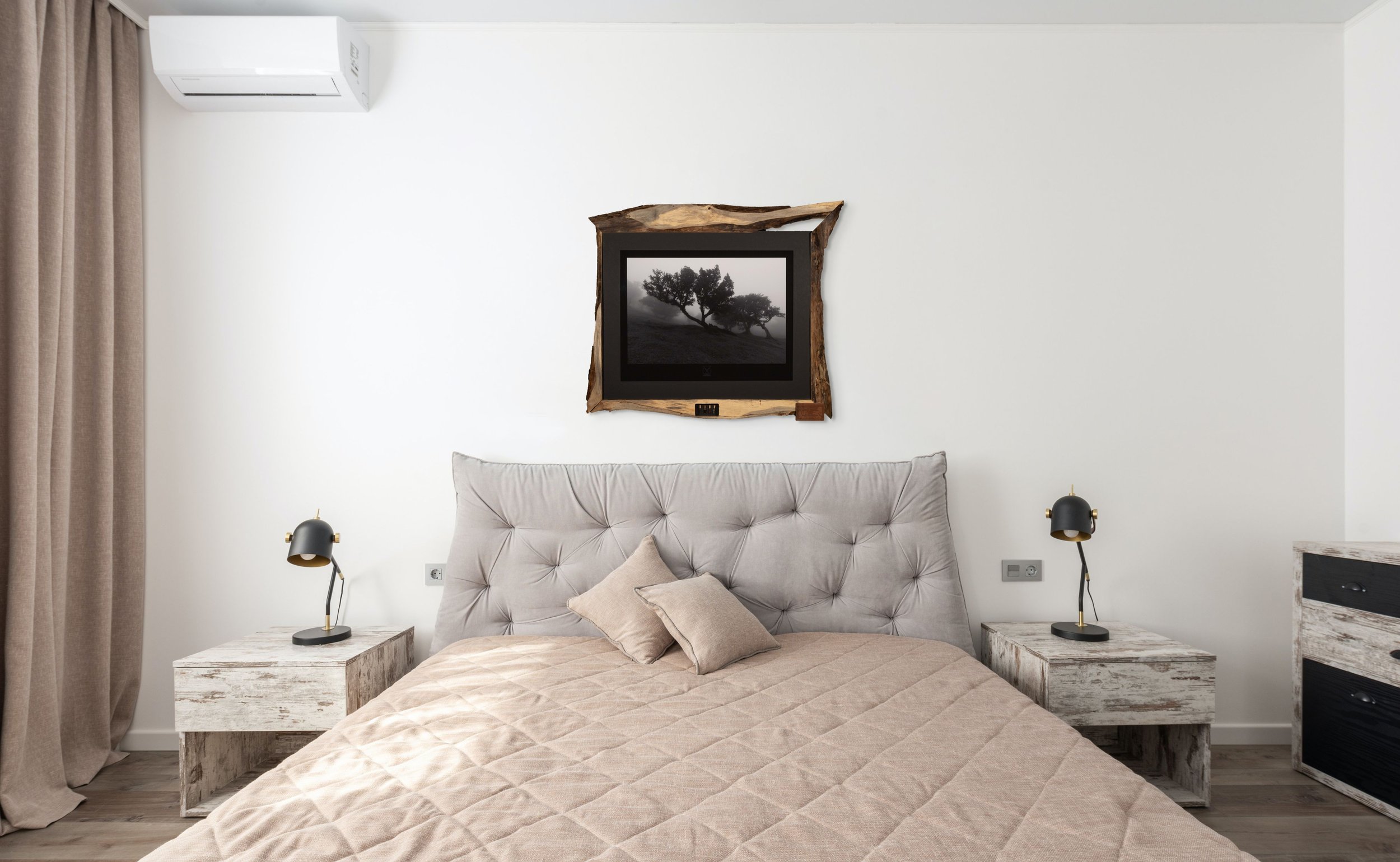Ocotea Foetens - Fanal Forest, Madeira, Portugal




Ocotea Foetens - Fanal Forest, Madeira, Portugal
Ocotea Foetens
Walking throughout this area was truly a special experience. The incredible mystique of the Fanal Forest was all-encompassing. Steep hillsides are covered in damp flora all dripping from the cold, misty clouds swirling around, and jagged rock formations shoot out of the ground everywhere. It is a wonderfully eerie place. I loved the shape of this particular tree very much. This photo was taken 5/13/23 at 11:12 am.
WeForest Donation: $390 (What is this?)
Print Number: 1/3
Print Size: 20 x 30
Total Dimensions: 40.5 x 49
Hanging equipment and certificate of authenticity included.
PHOTOGRAPH
Ocotea Foetens
Ocotea Foetens, or Til or Stinkwood, is a tree in the evergreen family. It is endemic to Madeira and also to the Canary Islands, and is one of the more common trees in the Fanal Forest, and other laurisilva forests on the islands. These trees can grow rather large with some individuals reaching over 100 feet in height. Although known as stinkwood the tree gives off a light, fresh aroma; however, when freshly cut the wood smells quite bad and strong, leading to its slight misnomer.
LOCATION
Fanal Forest, Madeira, Portugal
Once the environment that covered the entire island as well as two nearby islands, the Fanal Forest is a magical place where damp laurissilva forests are nearly always shrouded in thick, wet fog that rushes up steep cliffs in places and makes for quite the ethereal vibe. It was a particularly thick fog day when I visited and you could almost feel the air dripping. The century old trees dominate the landscape alongside lush moss and grass that cover large boulders in places. Minus the fog that is ever present in the Fanal Forest in particular, much of the island once had these hulking trees, but thanks to logging and sugar cane farming much of it was changed hundreds of years ago. That makes Fanal all the more special and is part of why it was recognized as a World Heritage Site by UNESCO in 1999.
FRAME
Woman’s Tongue (Albizia lebbeck)
Albizia Lebbeck, as it is scientifically known, is native to the Indian subcontinent and Myanmar. It is commonly grown in Australia and other tropic and subtropic places. I get my supply of Woman’s Tongue from Key West, Florida where it is invasive. A wood salvager who has removed the trees from construction sites and properly mills and drys the wood rather than sending it to the dump is my source for a lot of my wood.
THE ELEMENTS
Fire, Water, Earth, and Air
In the display case in the bottom of the frame, four items are preserved glass vials. The items represent the elements: fire (wood charcoal), water (mineral oil), earth (soil), and air (a milkweed seed). I include these items in my work as a symbol of the interconnectedness of all life on earth, and as a reminder that humans must do better.
The Plaque
I engrave a wooden information plaque for each work. The plaque includes what the photograph is of, the location of the photograph, what type of wood the frame is made of and where I got the wood from. The plaques also explain what the vials are in each display case, and even state the meaning of my logo. The plaques are attached magnetically and can be removed to read or to store on the back of each frame if you prefer not to have it displayed on the front.

